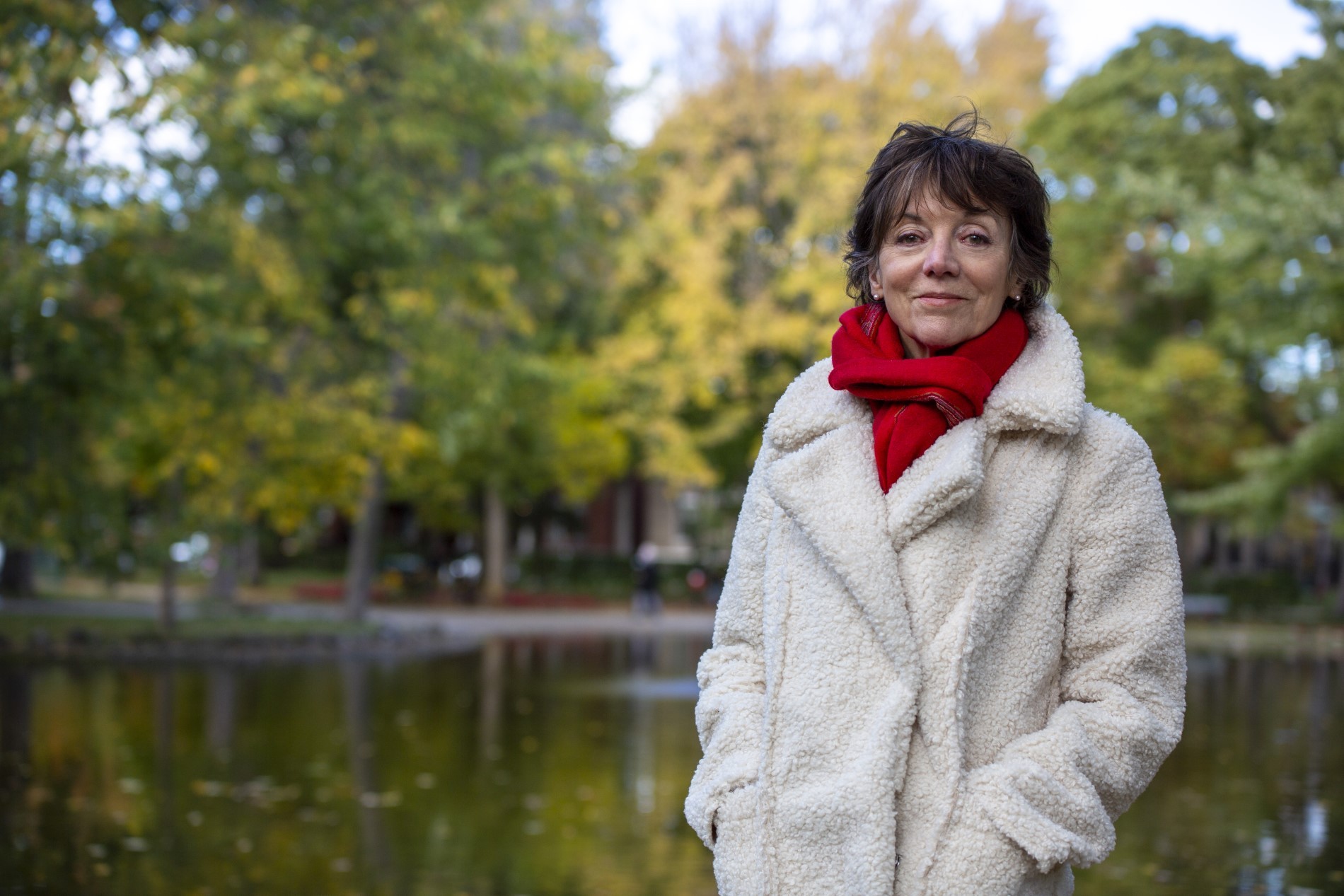Documentary journalism workshop series invites students to become creative storytellers
The Department of Journalism held a workshop on Oct. 21, led by Francine Pelletier, the department’s journalist-in-residence, about different forms of documentary making, what makes a good documentary and what makes it a unique form of storytelling.
The workshop was the first of a visual series, through which Pelletier plans to increase the profile of documentary journalism within Concordia. Documentary filmmaking lies at the intersection of journalism and arts, where the artist uses creative storytelling to raise awareness and make an impact in the world.
“Documentary filmmaking combines the best of journalism, telling great stories, and the best of you, finding the creative side in you,” said Pelletier.
After leaving her job at CBC in 2001, Pelletier became an independent documentary filmmaker and has made 11 films so far. She made the switch because documentary making “had exploded” in the 1990s and was a hot medium. She also found it to be a more creative type of journalism and more satisfying to work independently.
Pelletier said the oldest feature-length documentary is perhaps Nanook of the North (1922), which captures the struggles of an Inuk man and his family in the Canadian Arctic. It established the cinéma vérité form, where the filmmaker is but a passive watcher. Pelletier said the film Harlan County, USA (1976), which narrates a coal mine strike in the US, is a notable example of this form. She emphasized that this does not mean the filmmaker is neutral.
“In fact, documentary filmmaking is often called point-of-view filmmaking,” she said. “In this case, [the filmmaker] is definitely on the side of workers and not employers.”
Michael Moore, with his first documentary Roger & Me (1989), invented a new documentary form, in which the filmmaker is the main character. Another documentary form, which is simply an extended television news item, shows an orthodox correspondent who represents the audience and interviews affected people of the story. An example is the Canadian film Just Another Missing Kid (1981), which won the Academy Award for Best Documentary Feature in 1982 (Pelletier said it is “too corny” for today’s taste and would never win an Academy Award today).
Pelletier said that the 1990s was a wonderful decade for documentaries, as the equipment required to make one became more accessible, causing the number of independent documentary makers to explode. Digital cameras were invented, which are much smaller and lighter than analog ones.
“[So] little women like me can go out and actually use a camera and not die from the 50-pound weight of the television cameras,” she said. Also, many documentary film festivals, like Toronto’s Hot Docs festival, the largest documentary festival in North America, started in the 1990s.
Today, documentaries have various ways of reaching people; they appear on newspaper websites and services such as Netflix. Pelletier said the first documentary she watched on Netflix was Blackfish (2013). It is about the consequences of keeping whales in captivity, and narrates the story of Tilikum, a captive whale at the marine park Seaworld, who was involved in the deaths of three people. The film was quite impactful, and in 2016, SeaWorld announced it will end its live performances involving whales.
“What’s amazing about documentary filmmaking is that anyone can do it; if you’re really passionate about something, it’s possible to do a great story and really make a difference,” Pelletier said. “I always joke that it is the easiest way for a nobody to become a somebody.”
Another reason to make documentaries is to keep the light shining in the right direction, Pelletier said.
“There is a truth in the documentary because you aren’t telling people what to think; they’re seeing it for themselves.”
To make a good documentary, “The story is key,” Pelletier said. “The essential ingredient to any good story is conflict or tension.”
One does not need a huge scandal — even telling a personal story compellingly can make an effective documentary. For example, Dick Johnson Is Dead (2020) describes the decline of the filmmaker’s old father in a creative, playful manner.
Pelletier said that another ingredient of a good story is a strong character.
“Any story is carried by a character,” she said.
Finally, she stressed that there are many ways of making a documentary about a given story; the filmmaker needs to be creative and find a suitable form for their message.
The workshop was the first of a series of three. The second will be on Nov. 18 with Julian Sher, about making documentaries amid conflicts and wars, and the third will be on Dec. 9 with David Gutnick about radio documentary and podcasting.
